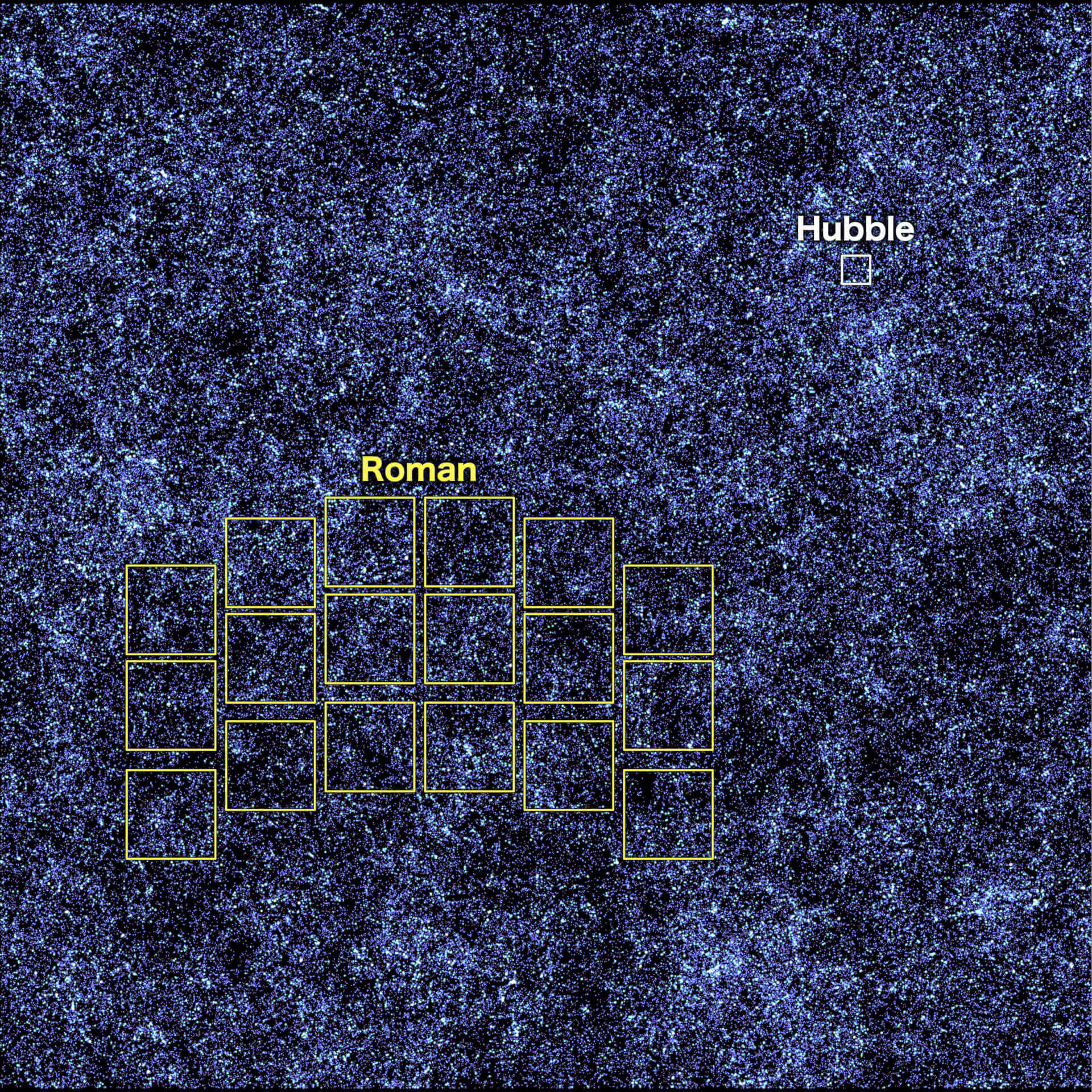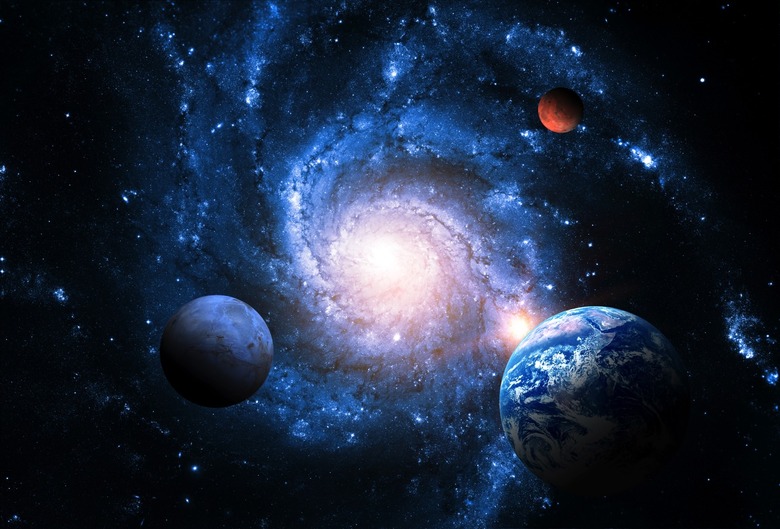The Roman Space Telescope Will Let NASA Rewind The Universe
Observing distant galaxies or objects in space is like looking back through time. That's because the light from these objects often takes years to travel from their originating point to the lens of our telescopes. As such, James Webb and other space telescopes allow us to look back in time in small ways. However, NASA wants to go bigger and has shared how its Roman Space Telescope will rewind the universe like never before.
According to Aaron Yung, a postdoctoral fellow at NASA's Goddard Space Flight Center in Greenbelt, Maryland, Webb and Hubble are designed to look at the universe through very select pinholes. With Roman, though, NASA plans to look at the universe in a much bigger way. The space agency believes this will allow it to rewind the universe and get a better sense of how things used to be.

The Roman Space Telescope is currently set to launch sometime in 2027. While we still have a few years before it is put into action, NASA has already begun creating simulations of what it will be capable of. Where Hubble and Webb can focus in on things, Roman will be able to rewind the universe in a broader sense, taking in the bigger picture overall.
This means that we'll finally be able to look at more of the universe in the same image. According to stills shared by NASA, the simulation will literally give astronomers a view of thousands – if not millions – of galaxies at once. That data can then be conjoined with data from Webb and Hubble to further hone in and rewind specific parts of our universe so that we can see how it looked in the past.
A group of researchers published a paper describing the results of the simulation back in December. The paper is available to read in The Monthly Notices of the Royal Astronomical Society.
